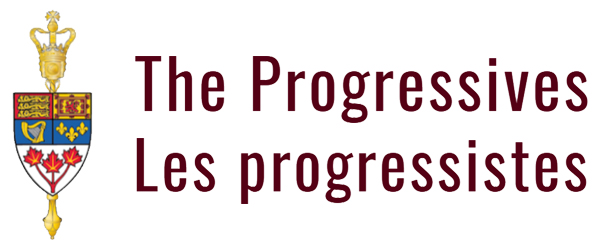Senator Gerba: Minister, thank you for being with us today, and welcome for your first appearance before a Senate Committee of the Whole.
Bill C-4 is being touted as a key affordability measure at a time when millions of Canadians are having a hard time making ends meet.
What surprises me about this bill is that low-income people — who pay little or no income tax — are likely to benefit the least. Economists say that refundable tax credits are a better tool, a very efficient tool for helping vulnerable populations.
Have you thought of other measures or considered bolstering refundable tax credits rather than lowering the marginal tax rate for everyone?
Mr. Champagne: Thank you for your question, senator. It’s a privilege to be with you this evening.
You’re right, and that’s why we decided to cut taxes for the first income tax bracket, because we could have made a different choice. However, by picking the first tax bracket, which is for people earning $57,375 or less, we could be sure of reaching more Canadians. We are talking about 22 million Canadians. Everyone who files a tax return will benefit from this measure as of July 1.
The main measures we are proposing will go to the first two tax brackets. However, based on 2025 figures, 45% of all this will go to the first tax bracket, and 41% will go to the second. Low-income earners and the first two tax brackets will receive 86% of the tax relief.
We could have made a different choice, but picking that first tax bracket is how we’ll help the lowest-income people in the country. As of 2026, 44% of this measure will affect people in the first tax bracket. This is probably one of the most direct measures we could implement. I’m willing to suggest that leaving money in people’s pockets has got to be better than giving them a tax credit, because it’s money. As you know, the source deduction tables will be updated as of July 1 if this measure is passed. That will be an immediate, concrete and direct way for us to reduce the amount of tax these people have to pay.

